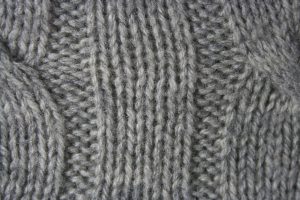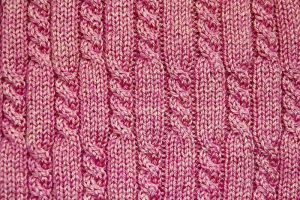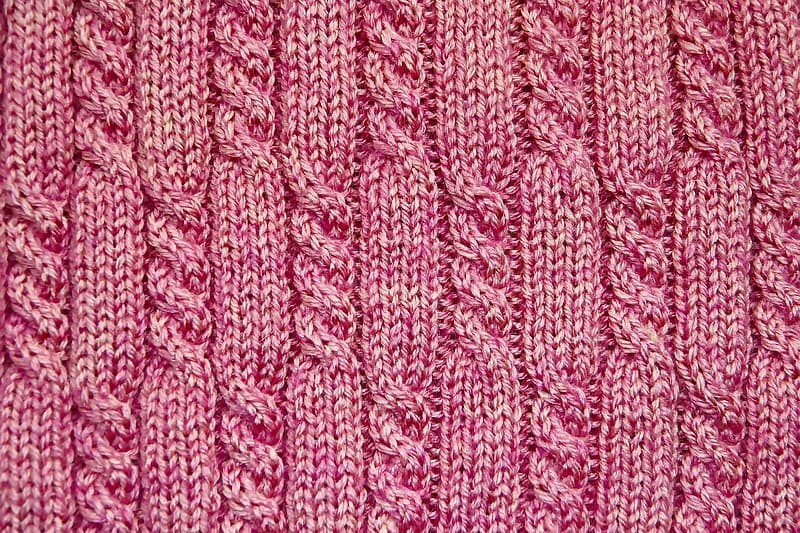With autumn rolling around again, it will soon be time to hang up our shorts and t-shirts in favour of some woollen winter warmers.

When it comes to knitwear, this is an ancient trend that has experienced somewhat of a revival in recent years. Far from the stuffy, traditional craft it was once perceived as, knitting is now positively trendy and knitted garments are still as prevalent in the fashion market as they always have been.
Cable knitting is one of the most popular forms of knitwear, with Aran sweaters (https://www.shamrockgift.com/aran-sweaters) and oversized, chunky knits highly sought after. These type of knitted garments aren’t just warm and comfortable but appeal to the masses with their grungy yet effortlessly stylish effect. Where did cable knitting originate?
Irish fishermen
You’ll be familiar with the image of the ‘fisherman’s gansey’ – thick, warm jumpers with the classic ‘cable’ effect twisted around one another to make a for a thicker and more durable garment that would protect the fishermen from the elements as they went to sea off the Aran Islands. The legend was that each generation of family in these parts had their own specific cable design so that should any of the fishermen be lost at sea, they’d be identifiable by their knitwear. It’s practical and slightly romantic notion of the origin of cable knitting, but is it accurate?

Migration
Although it’s a nice story, it is more likely that the true origin of cable knitting and the Aran sweater was less specific and more of a byproduct of varying styles of a similar design as fishermen travelled throughout Europe. There are clear similarities between the sort of knitwear worn by fishermen of this time in countries all over Europe, including France and Scandinavia. While materials, style and colour may have differed, the general technique used to create the sweater was the same everywhere.
Modern Aran
In the 1950s, a Vogue pattern book featured a design for what we know today as Aran. The craze took off hugely and as the Irish government recognised the similarities between the jumpers of their fishermen and this new, highly coveted design, they capitialised on the opportunity to claim heritage for this and develop a rural part of the country. In reality, the sweater that truly originated from the Aran Islands were nowhere near as intricate as the modern design.



